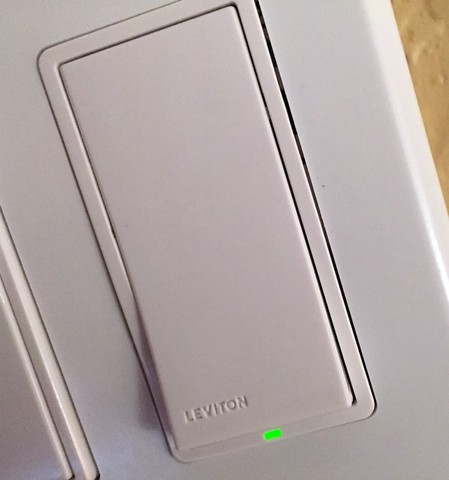
I’ve always been interested in home automation. In the olden days, this meant X10 – which meant bulky, slow, and unreliable. Modern technologies have changed this, however; From Apple HomeKit to Z-Wave, the choices are endless. Most are also far faster and more reliable than X10.
The local Home Despot had the Wink 2 in stock, so I decided to give it a shot.
The Task
The whole thing started because I don’t like the locations of certain light switches in the house – specifically, the switches for the outdoor lights in the front. I have a typical front porch light, where the switch is right next to the front door, and that’s fine. Additionally though, there are a pair of sconces on either side of the garage door – and the switch for those is just inside the garage, which is not fine.
If I’m going to turn the lights on out front, I don’t want to have to go traipsing halfway across the house to get them all.
My goal was simple: arrange it so that the same switch that controls the front porch light can also trigger the garage lights. And do this without rewiring the place, which just wouldn’t be worth the expense for something so trivial. Oh, and it shouldn’t look like a hack job; that just wouldn’t do.
Simple, right?
The Mechanism
I could have used something like the Philips Hue, but I’ve never really liked the smart bulb concept. For one thing, if you turn the bulb off at the switch, you can’t turn it back on remotely. That sort of thing makes it a bad hack; someone will eventually turn the switch off, and you’ll end up frustrated because you can’t control your lights from the couch.
Yeah, I’m lazy like that.
In the end I decided to go with Z-Wave smart switches. This allows for both manual control of the switch (with or without a hub), and the ability for the home automation system to always override the current state of the switch. Many of these switches are in the Decora style, which I like – and it also allows you to combine smart and dumb switches behind the same wall plate without making it obvious.
So I picked up two Leviton Z-Wave switches along with the hub. Note that I cannot recommend the switches that Home Depot sells. They work well, don’t get me wrong, but for my purposes they’re somewhat lacking, as you’ll see.
Installing them was fairly straightforward, but that’s a story for another day. Once I verified that they were working manually, it was time to set up the Wink hub and get them connected, and this turned out to be far simpler than I imagined.